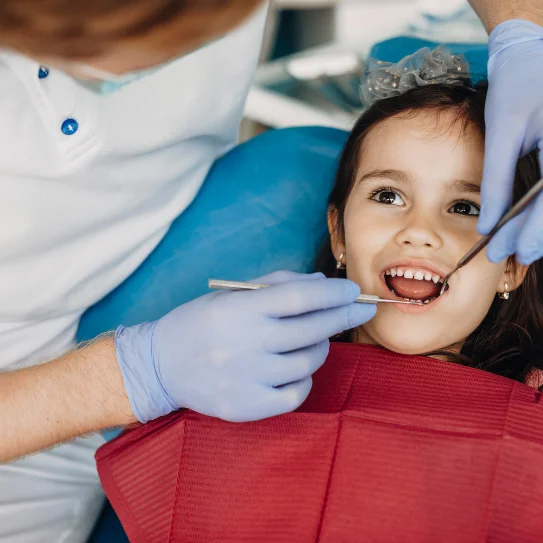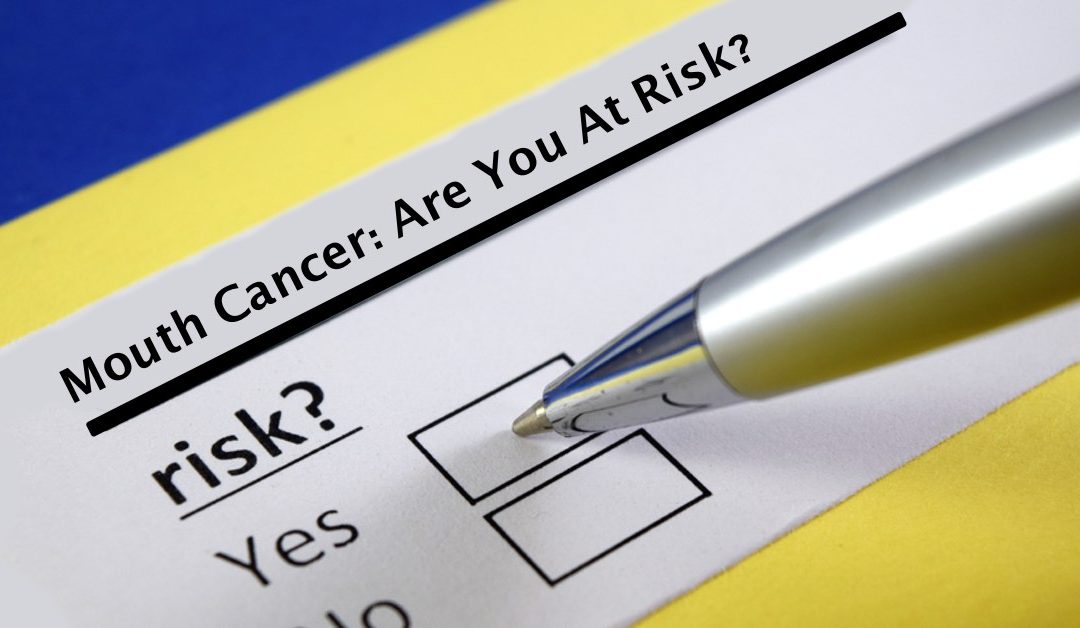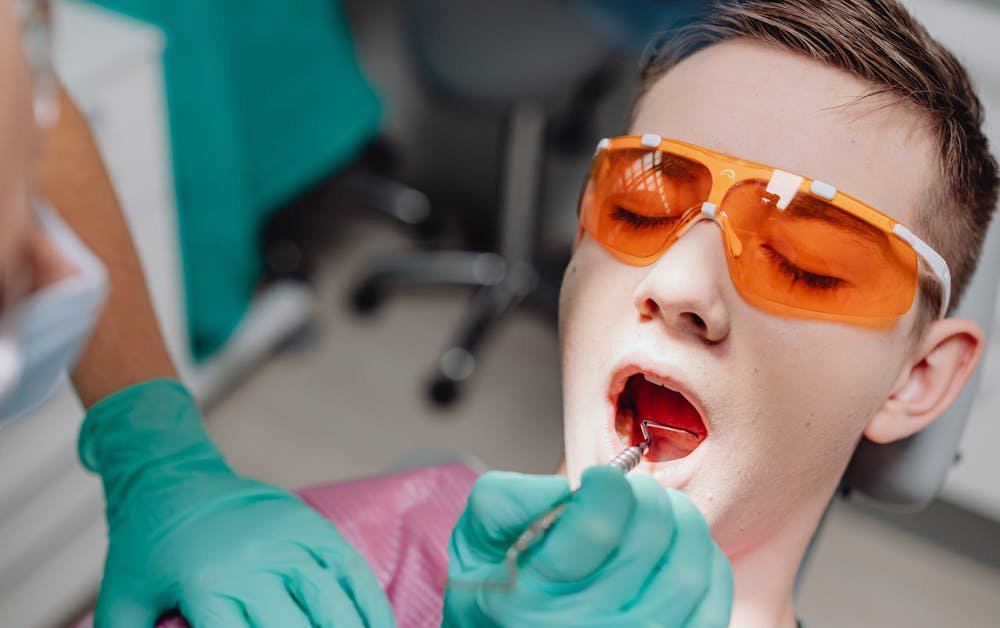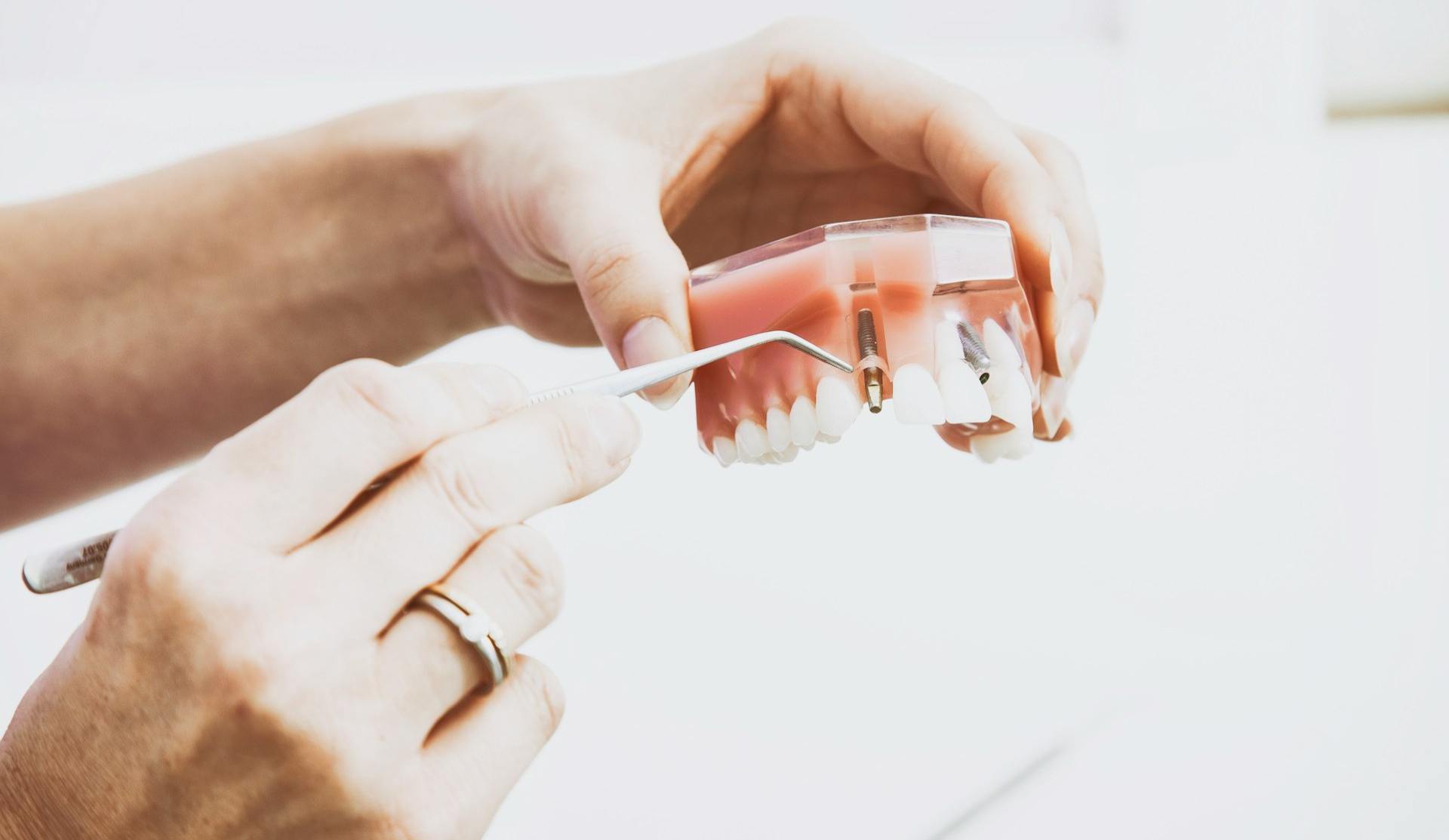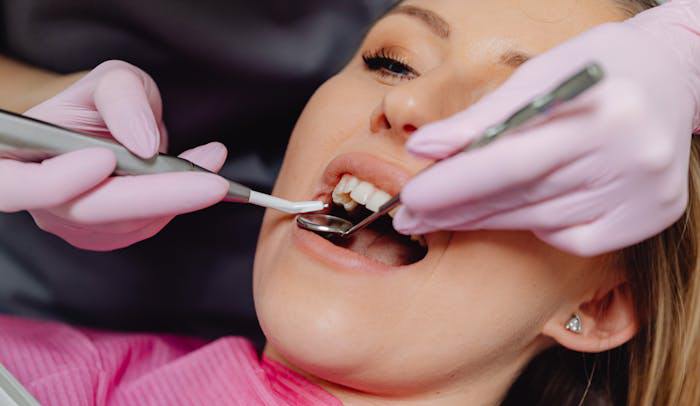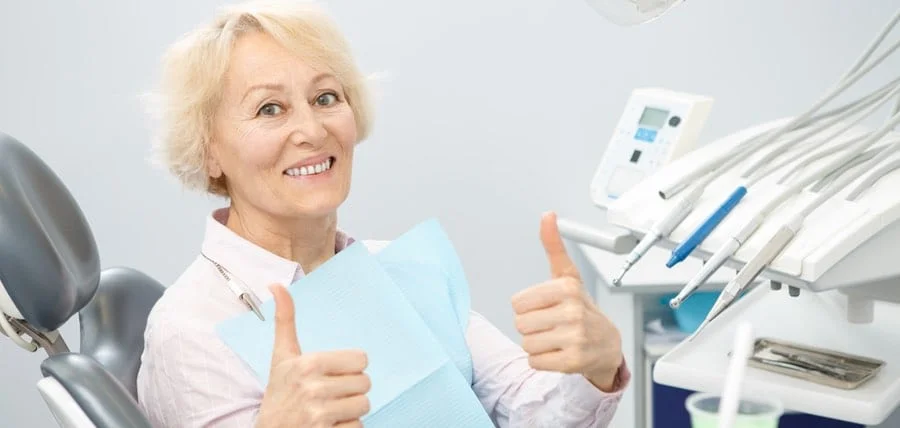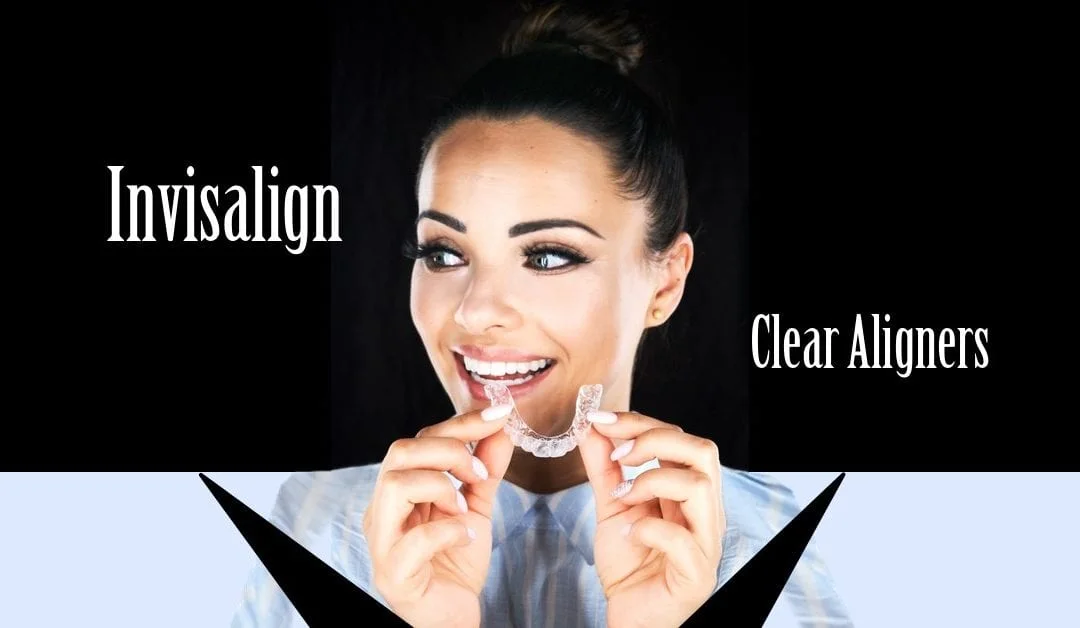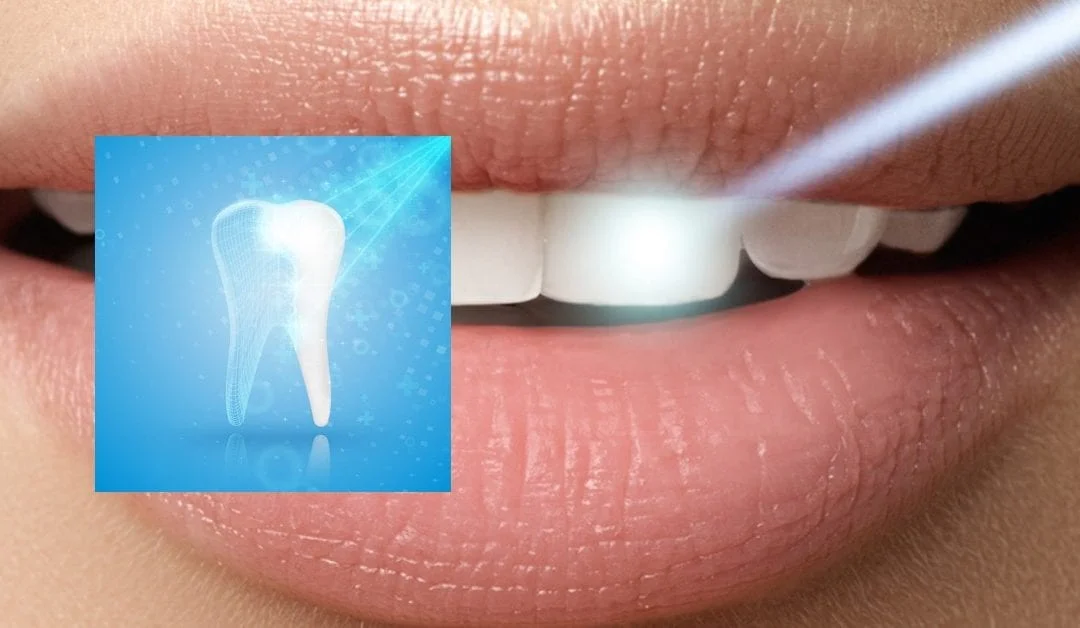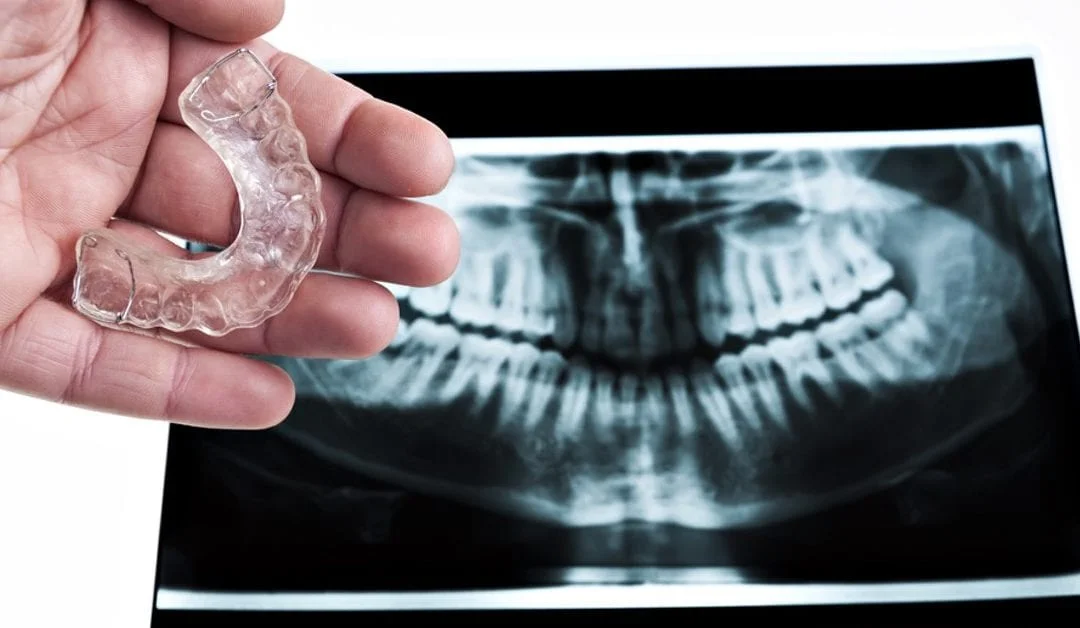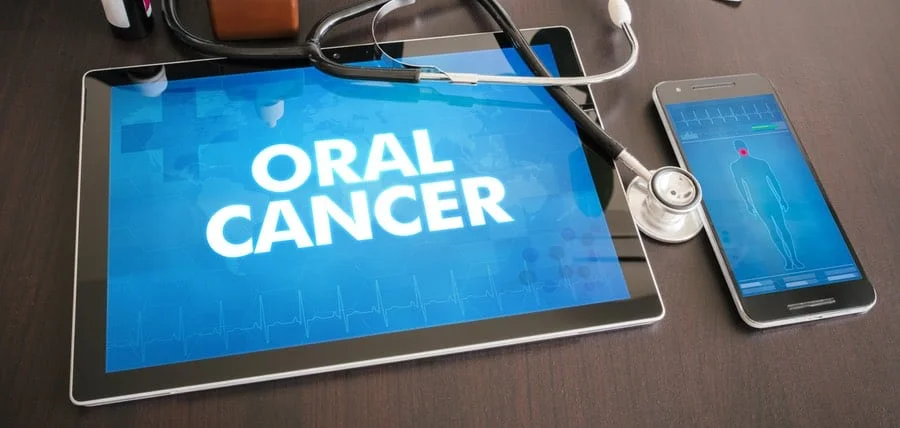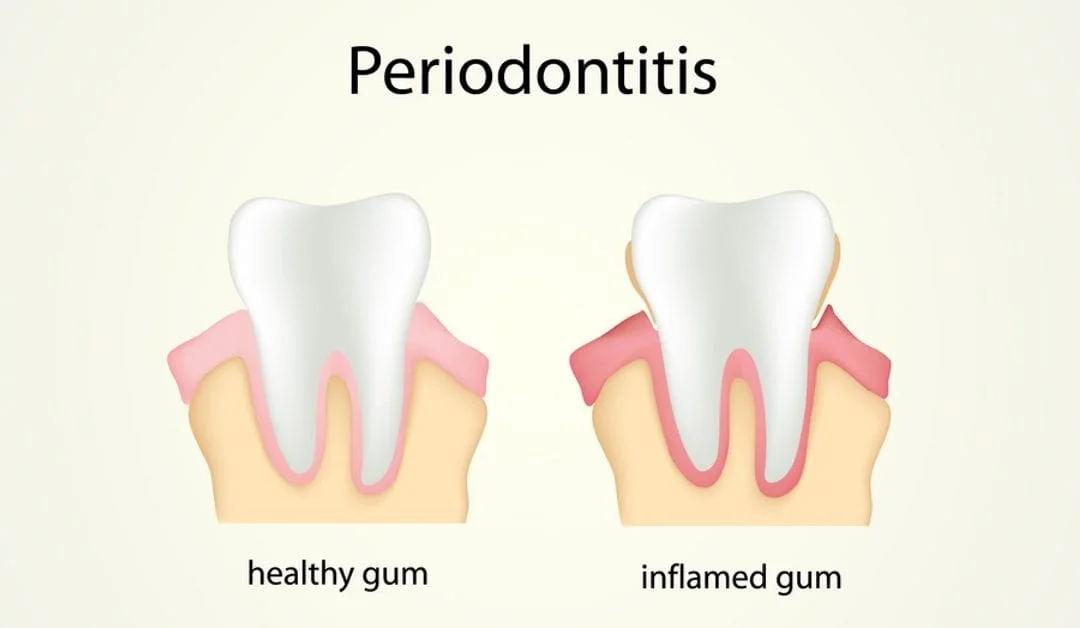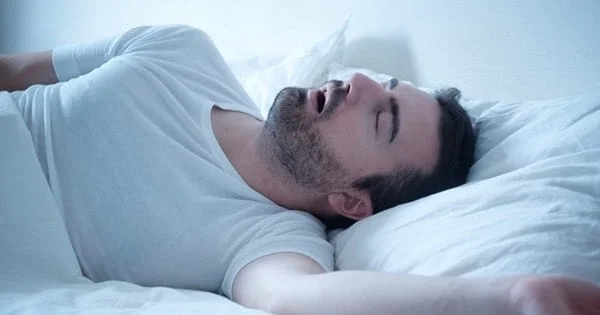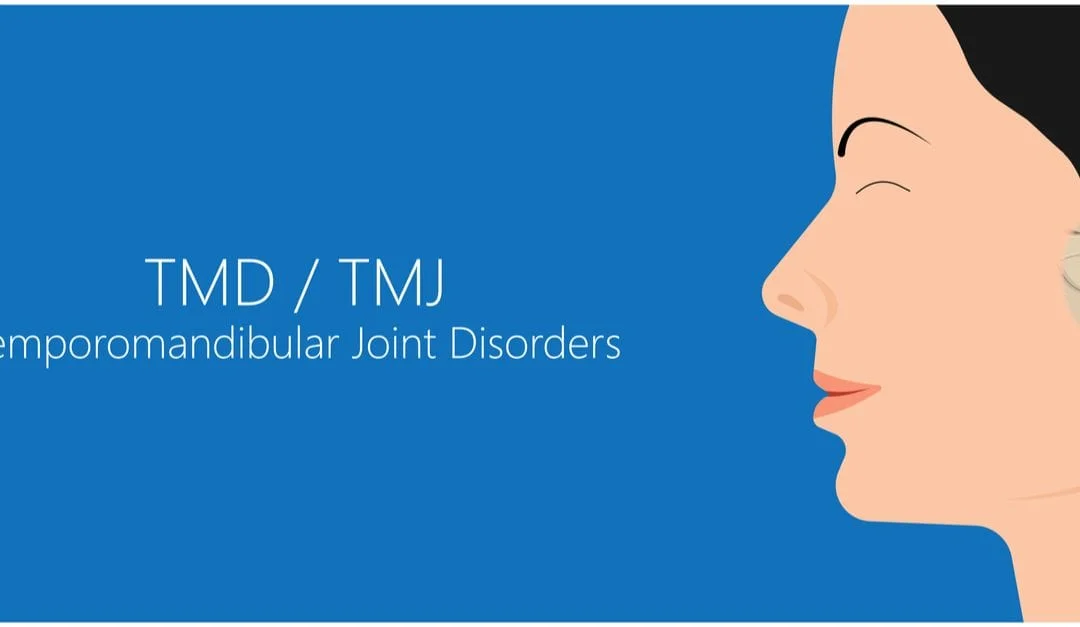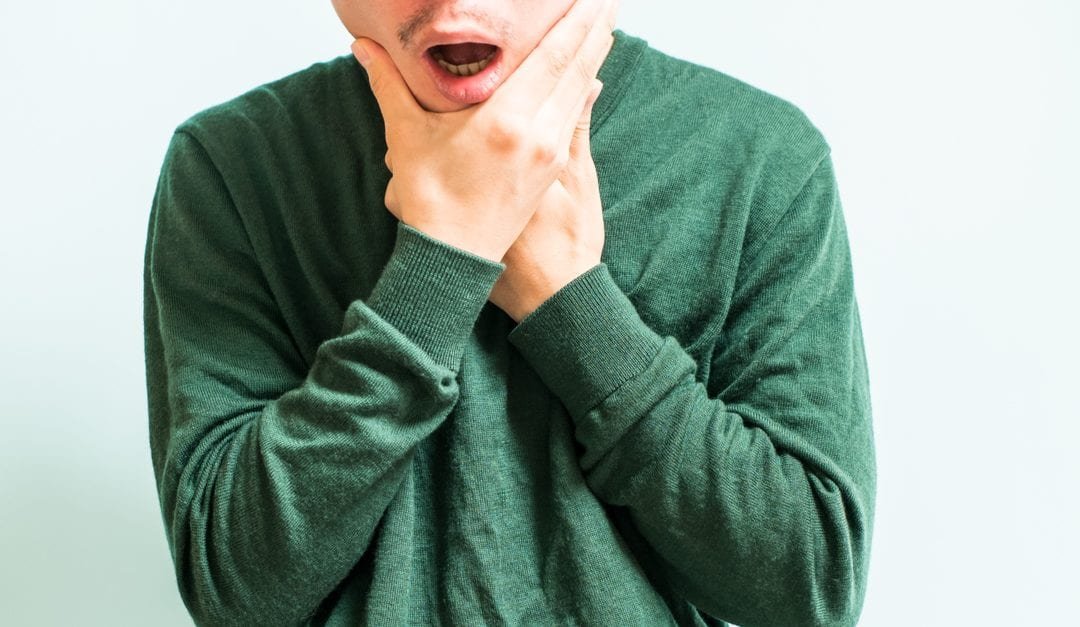
Table of Contents
If you’re experiencing sudden jaw pain on one side, there are many ailments it could be. You might have a cavity or a broken tooth. You might also have jaw pain because you have bruxism, which means you clench or grind your teeth.
There’s another reason you might have jaw pain on the left side or jaw pain on the right side. You may have dislocated your temporomandibular joint. Jaw pain on one side of your mouth indicates a possible dislocation of the joint.
Here’s some information on what dislocating your jaw joint might feel like, and how dentists treat it.
Why Does My Jaw Hurt on One Side?
One of the biggest symptoms of a TMJ dislocation is jaw pain on one side of your face. You will find your temporomandibular joint at the ends of your jaw, just in front of your ear. It’s a ball-and-socket joint, much like your hip. When you open your mouth, the ball leaves the socket and comes forward. When you close your mouth, the ball goes back into the socket. A series of muscles, ligaments, and a cartilage disk hold your TMJ in place.
Dislocation
When you dislocate your jaw, it’s because the ball part of the joint pops out of place and doesn’t return. For some reason, your ball joint gets stuck in front of a piece of bone and can’t pop back in place. Sometimes, the dislocation happens because of accident or injury. However, if the ligaments in your jaw are too loose, they allow your mouth to open too wide. There are times that the joint will return to its place naturally. But there are also times when the joint doesn’t return without treatment.
There is one huge signal that you have a dislocated jaw. Your jaw stays open despite your best efforts to close it. You’ll be unable to close your mouth at all. You may also experience a significant amount of pain. Your jaw will feel frozen or out of position.
How is Temporomandibular Dislocation Fixed?
First, the dentist will look at the position of your jaw. He or she will also have to check to see if you can open or close your mouth. Dentists also use X-rays to determine whether you have dislocated your jaw. The standard treatment for TMJ dislocation is to move the joint back into place. While this sounds painful, some medications can help alleviate the pain.
Your dentist will glove his or her hands or put gauze on them. He or she has to put his or her thumbs inside your mouth to pop the jaw back into place. Your dentist will place his or her fingers on your back molars. The dentist will, then, move your chin up and your teeth down, which should move the jaw back into place. After the jaw is back in place, the dentist may wrap it in gauze to allow it to rest for a few days. You may also take anti-inflammatories, as this will help the pain and reduce the swelling. You might also apply ice packs to reduce the swelling. You may experience a swollen and tender joint for a few days.
You can prevent temporomandibular joint dislocation. You need to limit the motion of your jaw. If you open it too widely, you could dislocate it again. That’s because once you have dislocated your jaw, you are more likely to dislocate it again. When you yawn, put a fist under your jaw, so your jaw doesn’t open too widely. You also need to take smaller bites when you chew. If you continue to dislocate your jaw, you may need to have a small surgical procedure to shorten your ligaments. Another procedure will shave a piece of bone off your ball-and-socket joint.
If you’re having trouble with your jaw, contact Maiden Lane Dental. We are in the Financial District of Manhattan, NYC. We would love for you to come and experience a dental appointment like no other.
Our Service
-
 Dental Service
Dental Service
-
 General Dentistry
General Dentistry
-
 Cosmetic Dentistry
Cosmetic Dentistry
Comprehensive dental care ensuring healthy, radiant smiles for individuals and families in NYC.
Routine check-ups, cleanings, and preventive care to maintain your oral health effortlessly.
Enhancing your smile with advanced cosmetic procedures for a confident, beautiful appearance.

